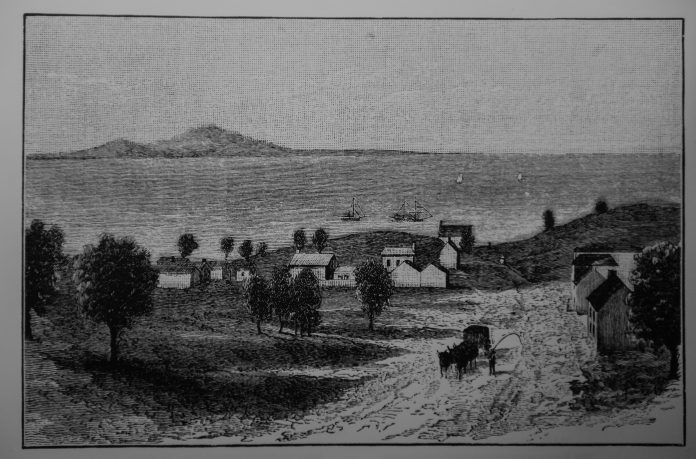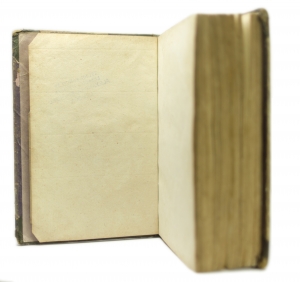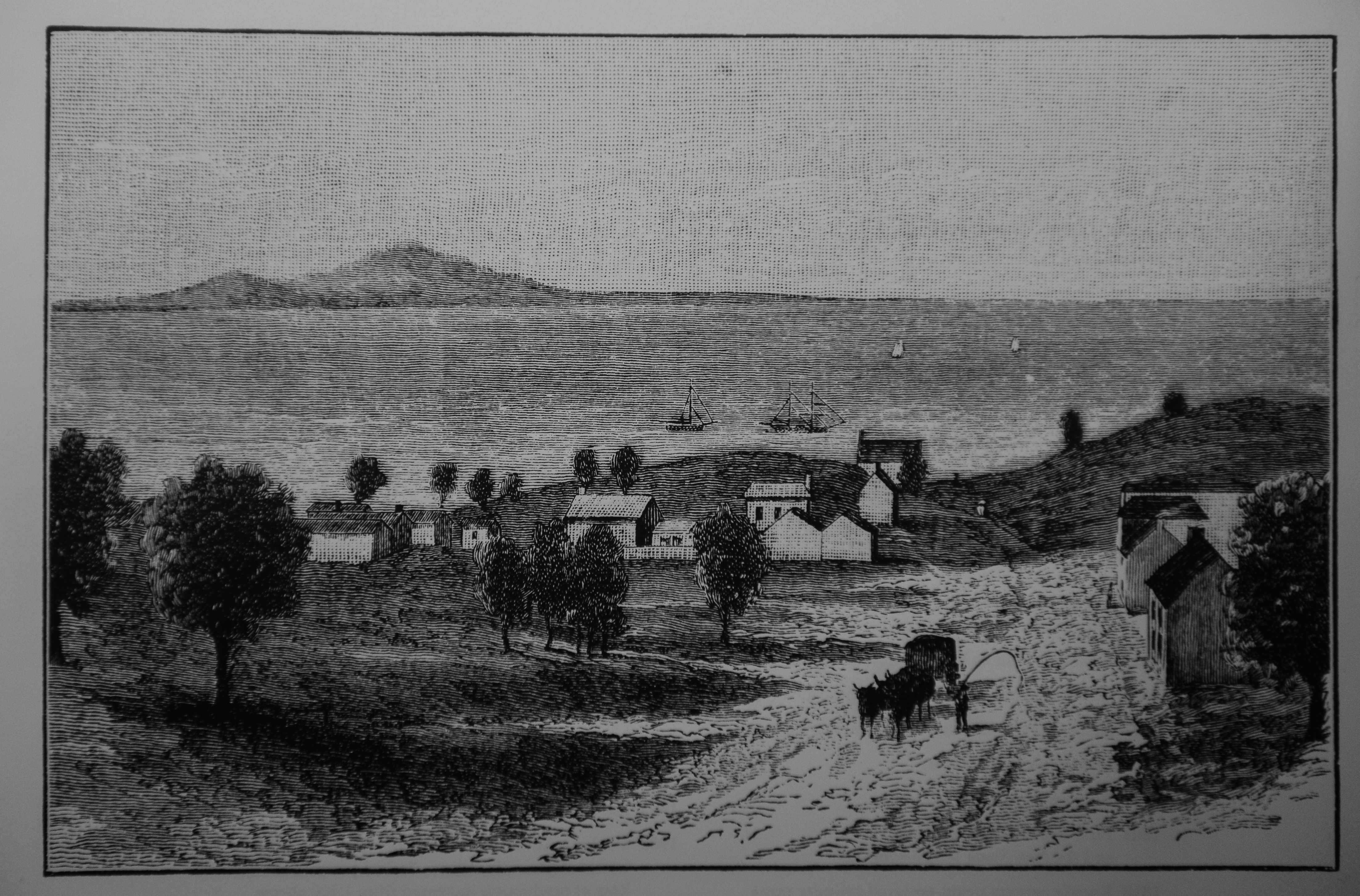
By Noel Murphy
GEELONG is about to celebrate its 175th birthday since its status as an outpost on the edge of civilisation was officially recognised as a township.
The proclamation, made on October 26, 1838, by the Colonial Secretary’s office in Sydney, followed the arrival of John Batman at Indented Head in 1835 and squatters soon after.
Pioneer Alexander Thomson spearheaded the Geelong settlement, arriving in 1836 after earlier sending one of the first stock shipments, 50 Hereford cows, to Port Phillip and following up with sheep to Point Henry.
With other names such as Sutherland, Manifold, Stieglitz, Roadknight, Cowie, Stead, Learmonth and Pollock, Geelong’s pastoral and grazing interests flourished.
In 1837, the settlement was visited by Governor Richard Bourke, from Sydney, and surveyor Robert Hoddle who drafted the first plan of Geelong.
Bourke was “not prepared for the beauty and natural superiority of Geelong and Corio Bay’’, wrote historian Walter Randolph Brownhill.
“He was the first of a long line of highly placed observers who during the early years of colonisation expressed surprise that Geelong was not ahead of Melbourne,’’ he wrote.
Thomson claimed Bourke “remarked that it ought to be the capital of the province’’ although no such account is known to have been penned by Bourke himself.
The township proclamation stated: “Notice is hereby given that a site has been fixed upon for a Township at the undermentioned place, and that a copy of the approval plan may be seen at the office of the Surveyor-General in Sydney, or at the nearest Bench of Magistrates, namely Geelong.’’
Geelong had no local government, its boundaries weren’t clear, settlers lived in shacks and tents and roads were muddy, bumpy tracks at best.
Yet the township grew rapidly and within four years of being declared a town was a transport and commerce hub of 2000 people – and growing larger and more sophisticated almost daily.
TIMELINE OF THE CITY’S DEVELOPMENT
1802: John Murray, on the Lord Nelson, discovers and explores Corio Bay.
1803: Escaped convict William Buckley arrives in district.
1824: Explorers Hume and Hovell.
1835: John Batman arrives at Indented Head.
1838: David Fisher builds the first house in Geelong.
1838: Survey plan of Geelong issued; Geelong declared a town by Governor Sir George Gipps.
1839: First sale of Geelong town allotments, in Sydney.
1840: First mail from Melbourne to Geelong; first post office, at Barwon Terrace.
1841: First Geelong race meeting.
1844: First theatre opens in Geelong.
1848: First bridge over the Barwon built.
1850: Geelong Town Council meets for first time.
1857: Geelong-Melbourne railway opens; first wool sales in Geelong.
1859: Geelong Football Club formed.
1861: Geelong College founded.
1869: Clipper ‘Lightning’ burnt on Corio Bay.
1873: Geelong Football Club adopts blue and white stripes.
1885: Last of the Barrabool Tribe, King Billy, dies.
1888: First telephone exchange opens.
1901: Electric street lighting approved.
1907: Horse ambulance starts.
1910: Geelong declared a city.
1912: First automatic telephone exchange in Southern Hemisphere opens at Geelong: trams start operations in Geelong, Geelong West and Newtown.
1915: Geelong High School officially opens.
1918: Great Ocean Road scheme inaugurated.
1925: Ford starts operations at Geelong.
1927: Eastern Beach plans approved.
1930: Radio 3GL opens.
1963: Alcoa opens at Point Henry.
1983: Ash Wednesday savages the Surf Coast.
1990: Pyramid Building Society collapse.








